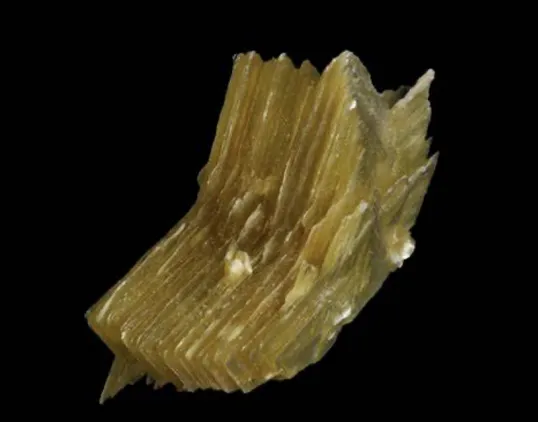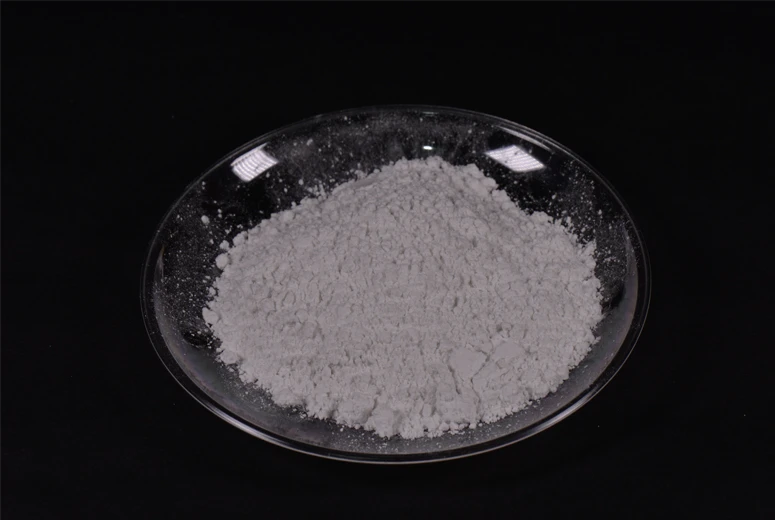Jan . 10, 2025 09:23
Back to list
D-5 MICA
When it comes to understanding the diverse world of natural minerals, mica stands out not just for its aesthetic appeal but also for its functional versatility. Often found shimmering amongst rocks and soil, mica's unique properties have made it indispensable across various industries, from electronics to cosmetics. Recognizing the different types of mica and their unique characteristics can provide significant advantages when sourcing this mineral for product development or industrial application.
3. Phlogopite Mica Known for its bronzed, golden appearance, phlogopite is preferred in applications requiring high resistance to heat and corrosion. It is often used in industrial machinery and automotive components, where it acts as a critical insulator against extreme temperatures. Companies specializing in thermal management systems regularly employ phlogopite to optimize the performance and longevity of mechanical equipment. Its vibrant color also finds use in the cosmetic industry, contributing to the shimmer and glow in products like lipstick and eyeshadow. 4. Lepidolite Mica Rich in lithium, lepidolite is significant in the production of lithium-based products, such as rechargeable batteries. Its applications extend into the realm of new-age technologies, facilitating advancements in energy storage solutions. Professionals within the energy industry depend on lepidolite as a stable source of lithium, supporting the growing demand for renewable energy systems and electric vehicles. Its presence underscores a commitment to sustainable practices and innovation in energy solutions. 5. Fuchsite Mica Distinguished by its rich green hue, fuchsite contains a significant amount of chromium. It is used extensively within the metaphysical realm, renowned for its purported healing properties. Additionally, fuchsite is utilized in decorative applications, bringing a touch of luxury to interior designs. Its vibrant color is leveraged by artists and designers seeking to create striking visual experiences. In summary, understanding the different types of mica and their respective properties can significantly enhance product development and industrial applications. Industrial and technological sectors rely on the unique features of each mica type to solve complex challenges and push the boundaries of innovation. As industries evolve, the demand for specialized materials like mica continues to grow, underlining the importance of expertise and informed sourcing choices in achieving sustainable and efficient solutions.


3. Phlogopite Mica Known for its bronzed, golden appearance, phlogopite is preferred in applications requiring high resistance to heat and corrosion. It is often used in industrial machinery and automotive components, where it acts as a critical insulator against extreme temperatures. Companies specializing in thermal management systems regularly employ phlogopite to optimize the performance and longevity of mechanical equipment. Its vibrant color also finds use in the cosmetic industry, contributing to the shimmer and glow in products like lipstick and eyeshadow. 4. Lepidolite Mica Rich in lithium, lepidolite is significant in the production of lithium-based products, such as rechargeable batteries. Its applications extend into the realm of new-age technologies, facilitating advancements in energy storage solutions. Professionals within the energy industry depend on lepidolite as a stable source of lithium, supporting the growing demand for renewable energy systems and electric vehicles. Its presence underscores a commitment to sustainable practices and innovation in energy solutions. 5. Fuchsite Mica Distinguished by its rich green hue, fuchsite contains a significant amount of chromium. It is used extensively within the metaphysical realm, renowned for its purported healing properties. Additionally, fuchsite is utilized in decorative applications, bringing a touch of luxury to interior designs. Its vibrant color is leveraged by artists and designers seeking to create striking visual experiences. In summary, understanding the different types of mica and their respective properties can significantly enhance product development and industrial applications. Industrial and technological sectors rely on the unique features of each mica type to solve complex challenges and push the boundaries of innovation. As industries evolve, the demand for specialized materials like mica continues to grow, underlining the importance of expertise and informed sourcing choices in achieving sustainable and efficient solutions.
Prev:
Next:
Latest news
-
Transforming Surfaces with Mica-Enhanced Paints in Coatings and DecorationNewsJul.02,2025
-
The Ultimate Guide to Mica-Based Luminous Colors with Pearlescent PigmentNewsJul.02,2025
-
The Critical Role of Mica in Industrial Applications in Welding and Oil FieldsNewsJul.02,2025
-
Revolutionizing Automotive Aesthetics with Modified Plastics Pearlescent PigmentsNewsJul.02,2025
-
The Secret with Mica Powder for Cosmetics Behind Radiant, Natural MakeupNewsJul.02,2025
-
Enhancing Performance in Polymer Applications with Mica Powder for RubberNewsJul.02,2025
Products categories









